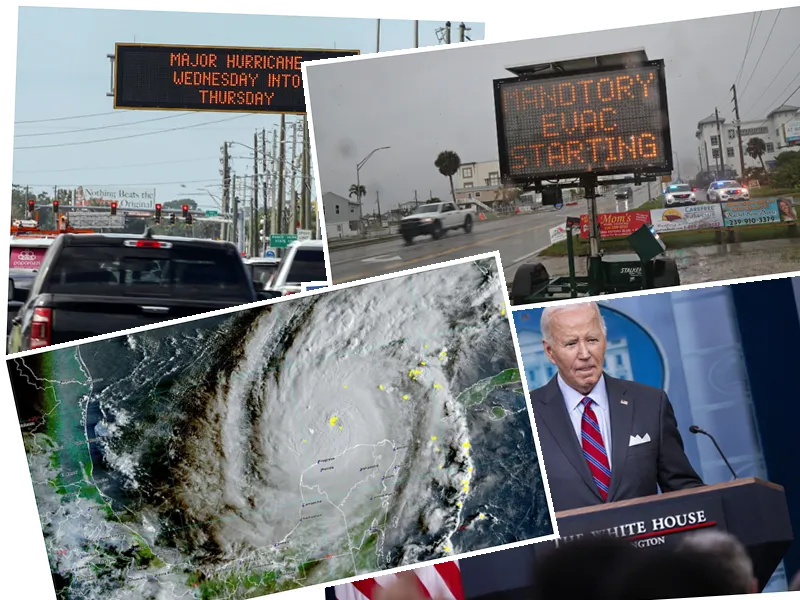The flooding in Valencia highlights the critical intersection of climate change and urban planning, where inadequate infrastructure and environmental considerations can lead to catastrophic outcomes.
The rapid response from authorities and the military underscores the severity of the situation, yet raises questions about the effectiveness of early warning systems and public preparedness.
Given the ongoing challenges posed by climate change, future weather events in Spain may become increasingly severe, necessitating urgent reforms in urban planning and disaster preparedness.
The Valencian government's response to this disaster could influence future policies regarding climate resilience and infrastructure development in vulnerable regions.
Devastating Floods in Valencia: A Deadly Storm's Impact
Heavy rains in eastern Spain have resulted in catastrophic flooding, particularly in the Valencia region, claiming over 150 lives and leaving many missing. Experts attribute this disaster to a combination of meteorological phenomena and human factors. The state meteorological agency (Aemet) reported that in some areas, the equivalent of a year's worth of rainfall fell within hours due to a phenomenon known as a 'cold drop.' This occurs when a mass of cold air descends over warmer air, leading to extreme weather conditions similar to hurricanes.
The region's vulnerability was exacerbated by years of drought, which left the soil dry and unable to absorb the sudden influx of water. Additionally, the prevalence of artificial surfaces due to uncontrolled urban development increased the risk of flooding. Densely populated areas, particularly in the metropolitan region of Valencia, were severely affected, leading to a higher death toll.
The timing of the storm further complicated rescue efforts, as most of the rain fell during the late afternoon when many residents were outside. Despite the issuance of a red alert by Aemet earlier in the day, the Civil Protection service's warnings came too late for many, contributing to the tragic loss of life. Experts stress the need for improved risk education and a cultural shift in how the population responds to extreme weather events.





